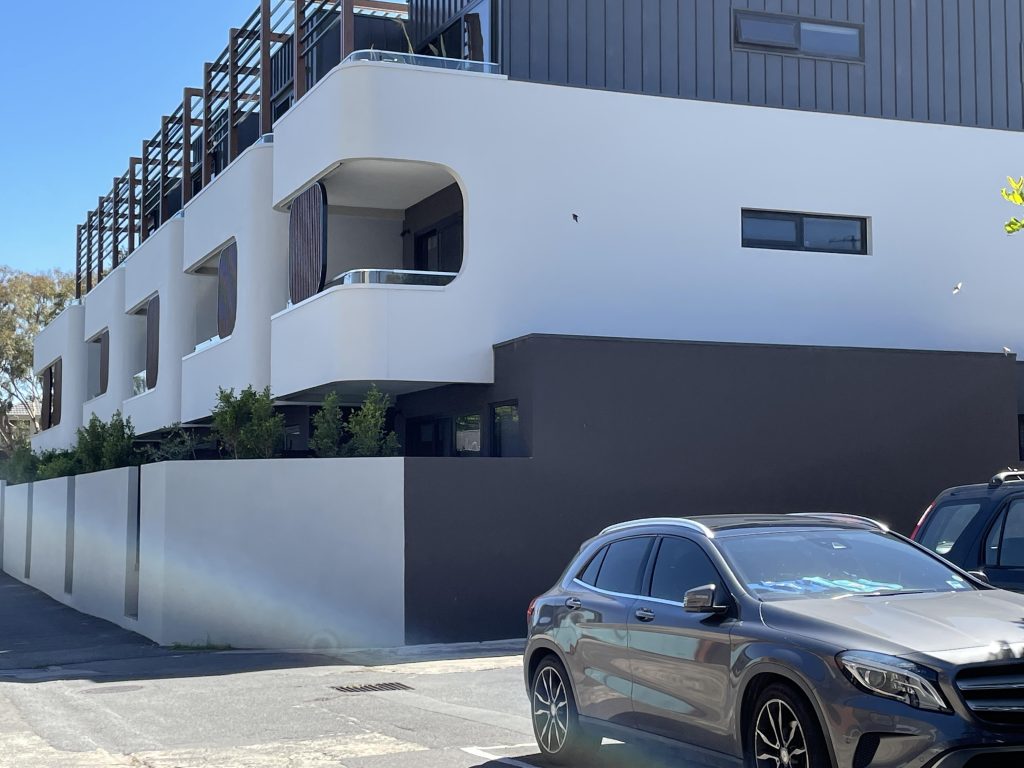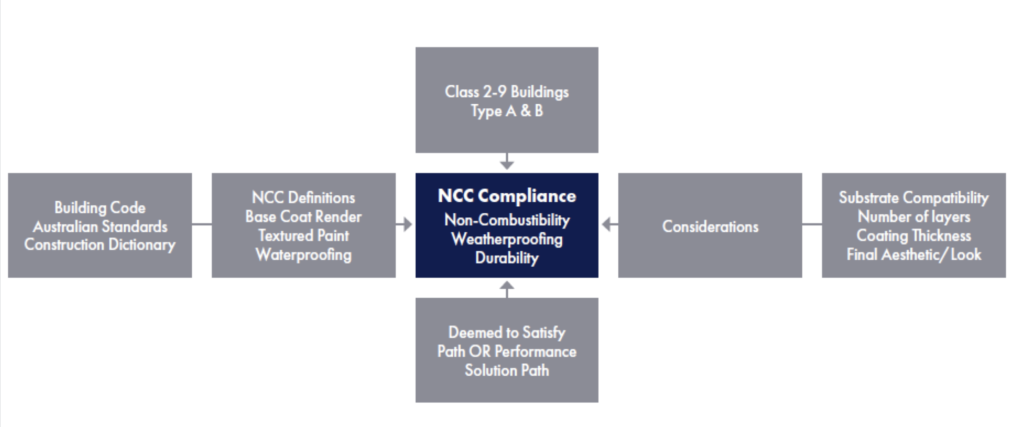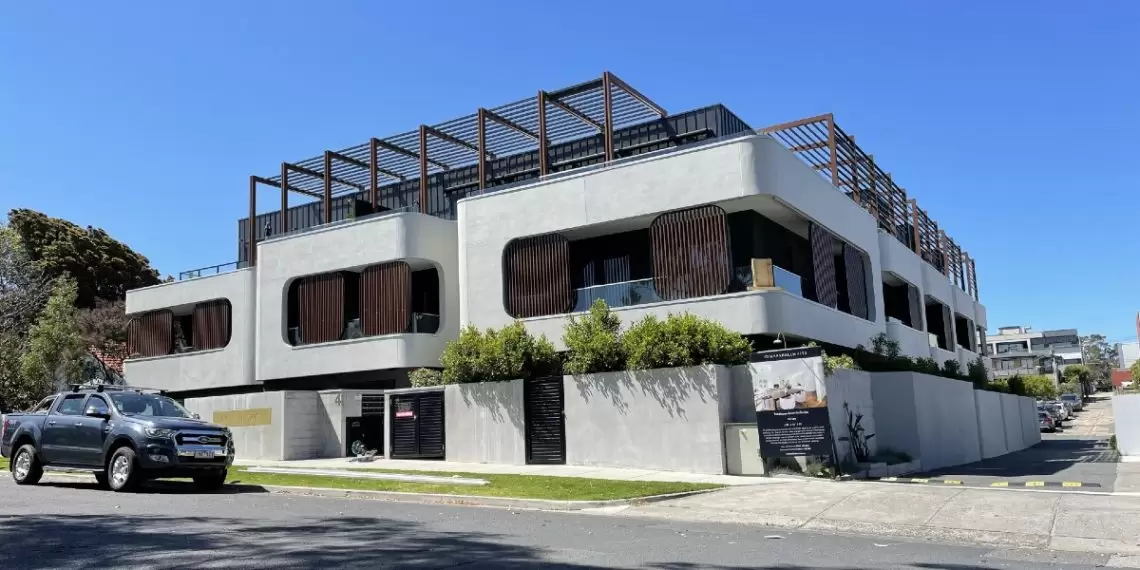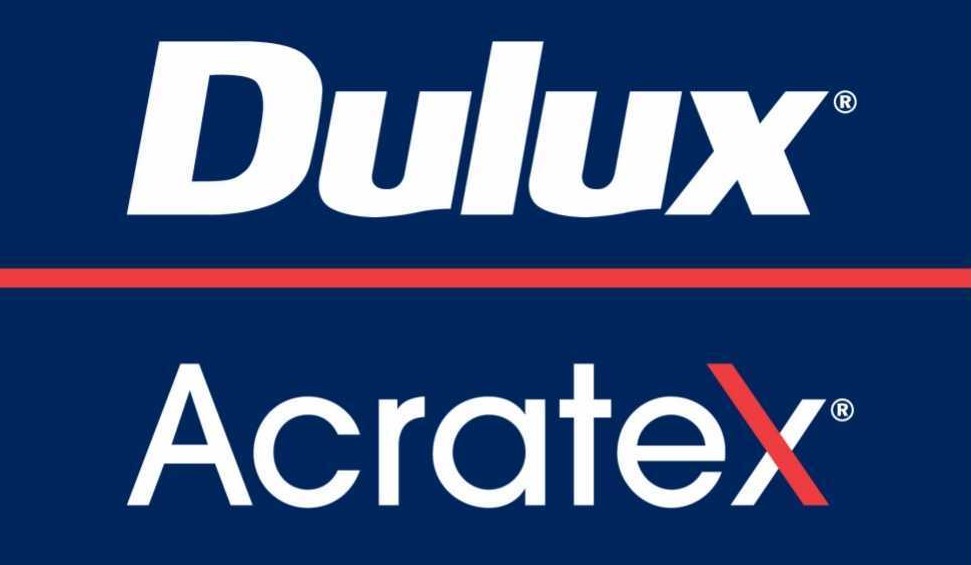Compliance can be a complicated space to navigate. Dulux Acratex assists industry professionals with navigating considerations around compliance
Over the past five years, materials used for external cladding and façades on Class 2-9 buildings have come under much scrutiny.
The Grenfell Tower fire in London in 2017 prompted global reviews of external cladding. In the following months, investigations revealed that the external cladding made of polyethylene-filled aluminium composite panels had acted as an accelerant. It caused the fire to spread from the fourth floor to the 24th-storey roof in less than 40 minutes. While plastics usually burn under severe conditions, the polyethylene layer had instead become a deadly fuel.
Here in Australia, fires at the Neo200 Tower and the Lacrosse building in Melbourne showed a similar accelerated fire spread across external cladding. Thousands of buildings around Australia have been identified with combustible cladding that has been flagged to partially or entirely replace the external cladding .
For exterior remediation and/or new construction projects, the team at Dulux Acratex is assisting building professionals to work through the complex pathway to compliance for external coatings.
Confusion around compliance
The National Construction Code in Australia was recently updated with stronger provisions around fire resistance and weather-proofing of building elements pertaining to commercial buildings rated class 2 to class 9. While these provisions are progress, they have led to some confusion around how to develop compliant systems.
“The Code isn’t all black and white, and is open to interpretation through the different perceptions industry professionals have on the language used,” says Paul Augello, National Commercial Manager for the Dulux Acratex division of DuluxGroup Australia.
“Take render versus textured paint, for example. We’ve seen instances where certifiers have based their interpretations on what they perceive to be a finished rendered wall, rather than looking into the multi-layers used to create the look known as render.”
Scoping out a coating system generally requires the nomination of each layer, purpose of use and compliance interpretation of each layer against the NCC to help project stakeholders in their review and decision-making process.
“If you’re going to use a render look coating with a fit-for-purpose intent, it’s important to specify one that meets the code.”
Outlining the path forward
Dulux’s interpretation of the pathway to compliance for façade coatings systems considers a fit for purpose coating system that can meet NCC compliance criteria subject to review and approval by the building surveyor. These considerations for compliance are durability, weatherproofing and non-combustibility.
The pathway outlines project considerations, from substrate and coating compatibility to the number of layers, coating thickness and the final look. It combines definitions from the Construction Dictionary (HB50) with terminologies used across the National Construction Code and Australian Standards to clarify base coat render, textured paint and paint/weatherproofing membrane elements.
The result is a clearer understanding of a coating system solution and how each element meets the overall requirements for compliance. This pathway is assisting industry professionals with gaining coating approvals for Class 2-9 buildings.

The building pictured above is one of many projects already completed. This solution used autoclave aerated concrete to replace the original expanded polystyrene cladding and render on the external walls.
The coating system, developed using the pathway from Acratex, needed to retain the original look and offer a durable and compliant solution. It included four layers; a non-combustible cementitious base coat render, a textured paint layer, and two layers of flexible acrylic weather-proof membrane for an industrial concrete finish. The result was a very close match to the original build.
“We’re here to do the groundwork to help engineers and system designers achieve the look and finish they want while delivering a robust coating system that meets all the project requirements for non-combustibility, durability and weatherproofing.
“By using clear language and showing surveyors how to map out the path, this information gives building certifiers a clearer picture to assist them with their review and approval process.”

Contact your Dulux Acratex or Dulux Construction Solutions professional team for more information about the pathway or to tailor a building system solution for your projects.




